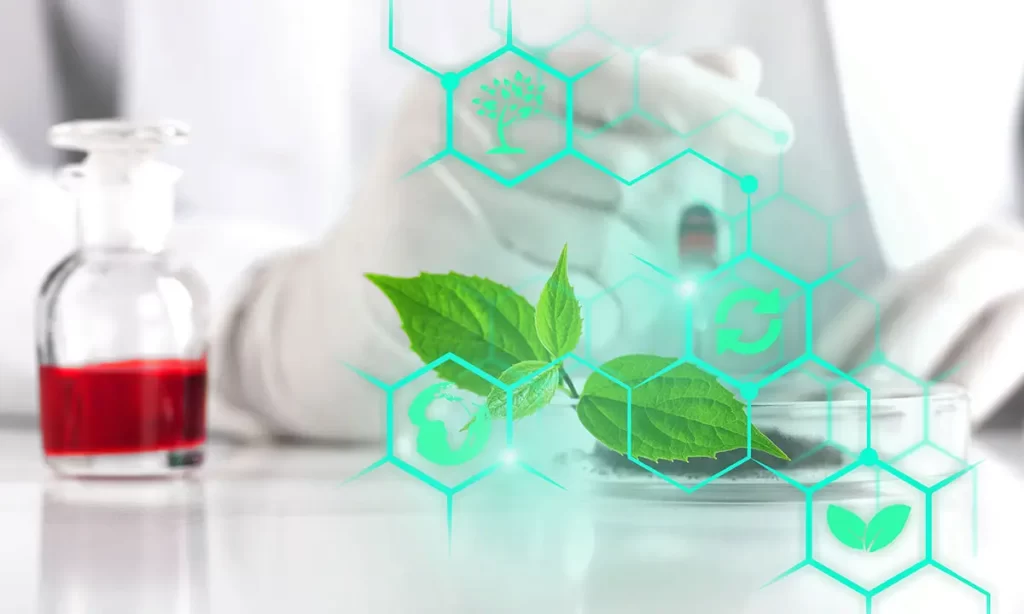
Pharma and life science
Most of the wastewater is produced by washing equipment at the end of the production process. There are other smaller and polluting amounts from purifying the water used (rejects from reverse osmosis and regeneration of ion exchange resins), cleaning of the installations, effluents from laboratories, etc.
Pharmaceutical industry wastewater varies enormously in flow and composition, depending on factors such as the production rate, the specific preparation being carried out, which activities are generating the waste water, etc.
All these variables mean that the pollution of the final effluent can be very diverse and variable over time. Generally, these wastewaters contain:
- A high content of organic matter, a large part of which is easily biodegradable (alcohol, acetone, etc).
- Slowly biodegradable organic compounds and refractory substances (aromatic compounds, chlorinated hydrocarbons, etc).
- Inhibiting and toxic compounds (antibiotics).
- Soaps and detergents with surfactants.
The best techniques for treating the effluents generated by this type of industry will depend on each specific case, given their considerable variation and the wide range of possible compounds. We Fluid Sep technologies has best technologies to treat the waste water that may be the most competitive according to the various factors, giving the advantages and weal points for each type of pharma effluent.

